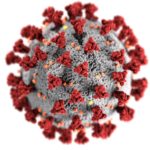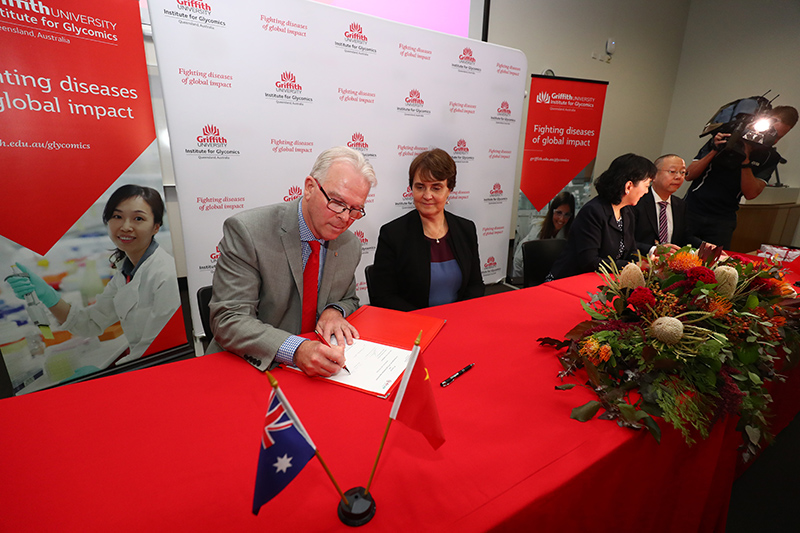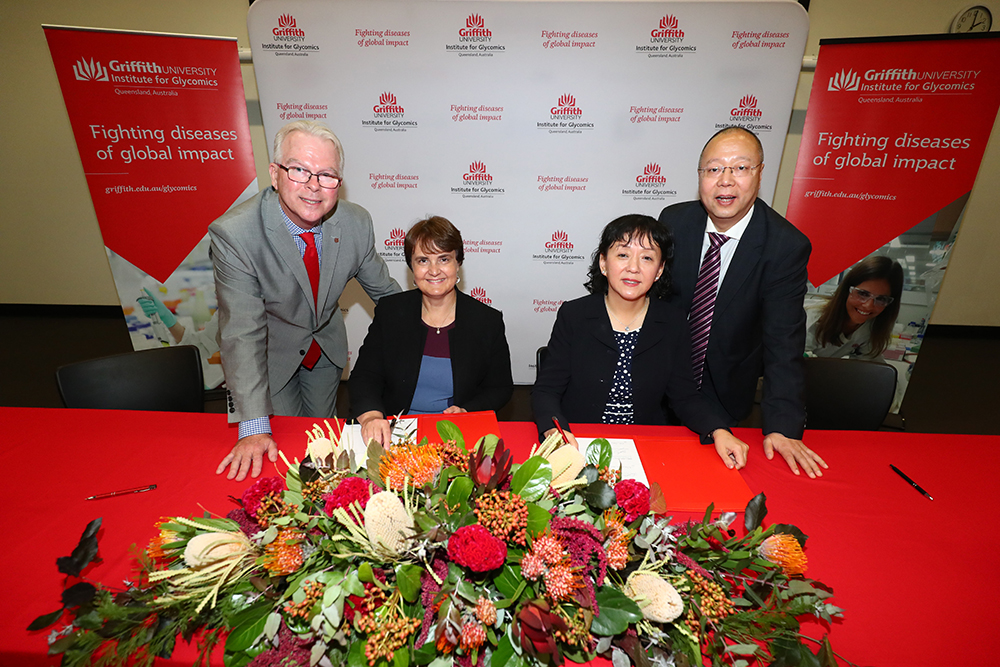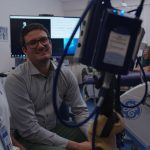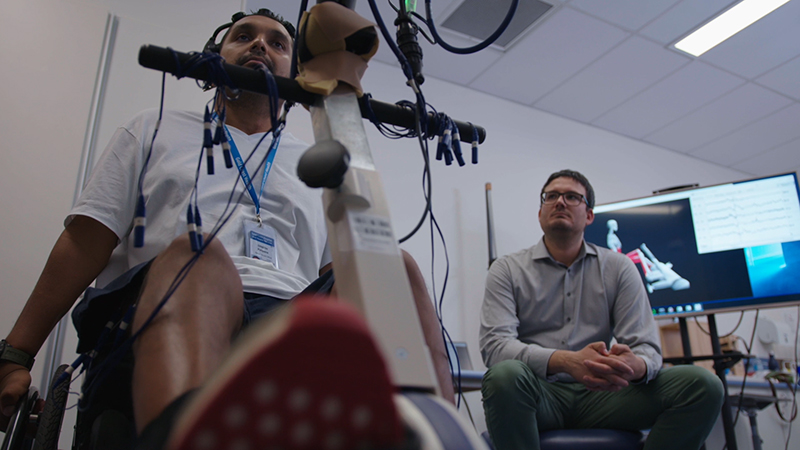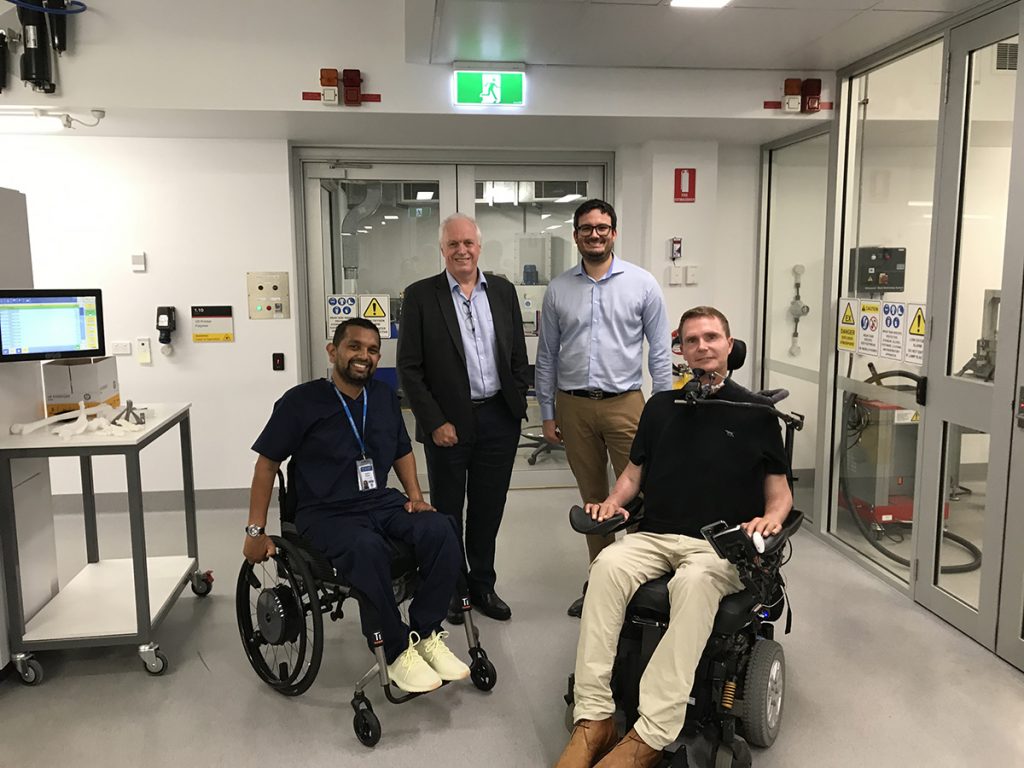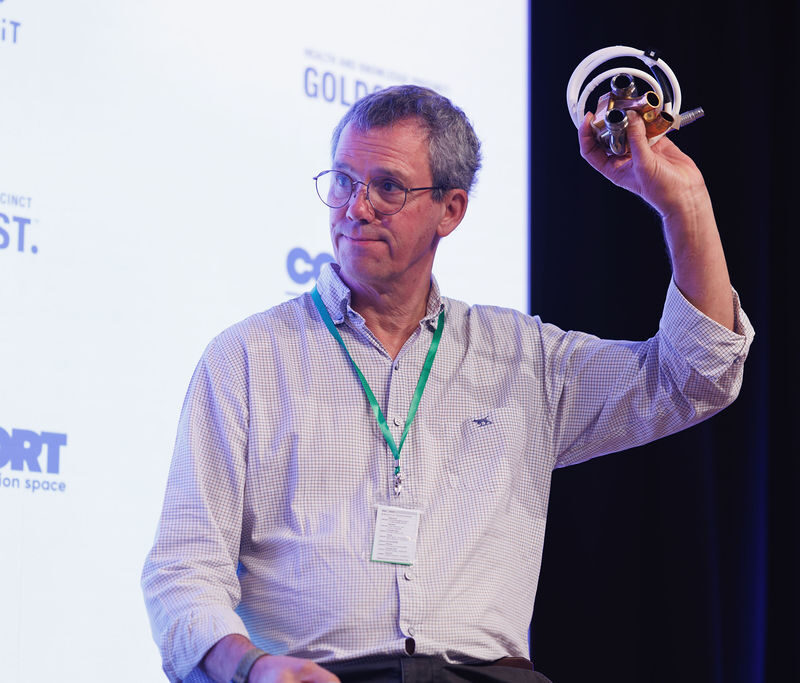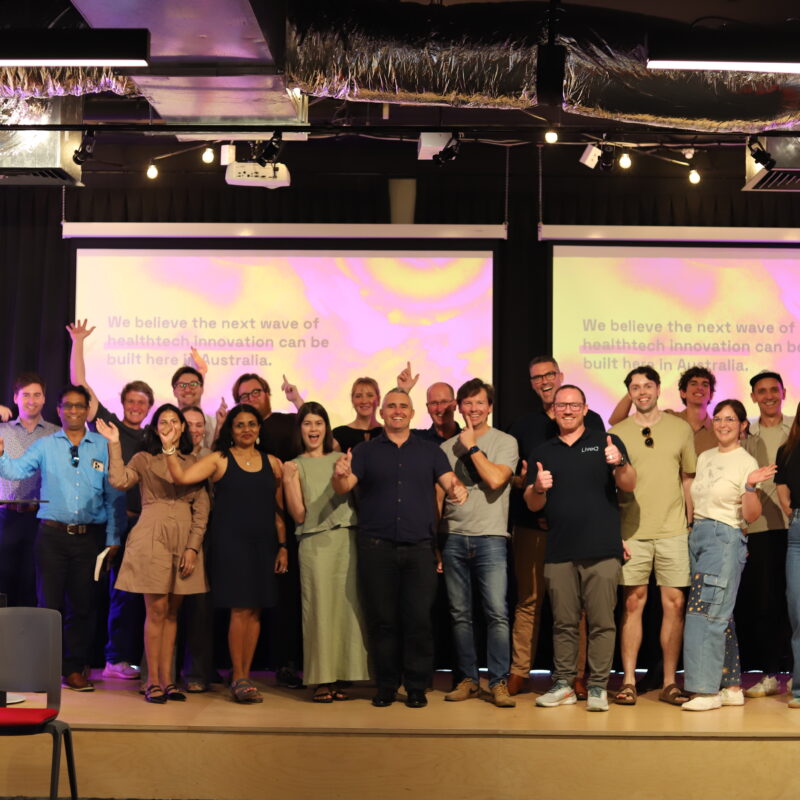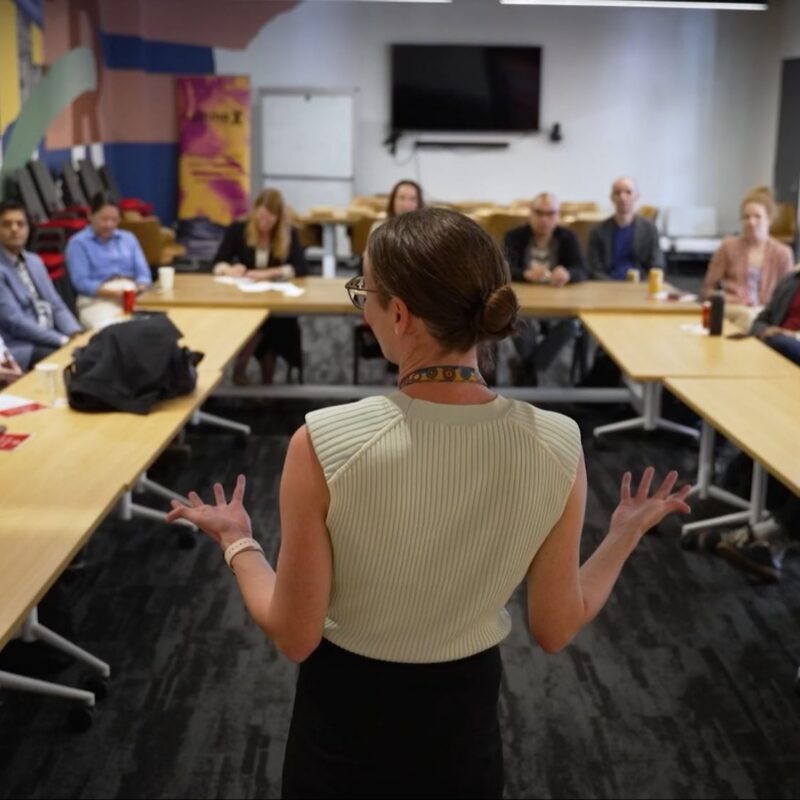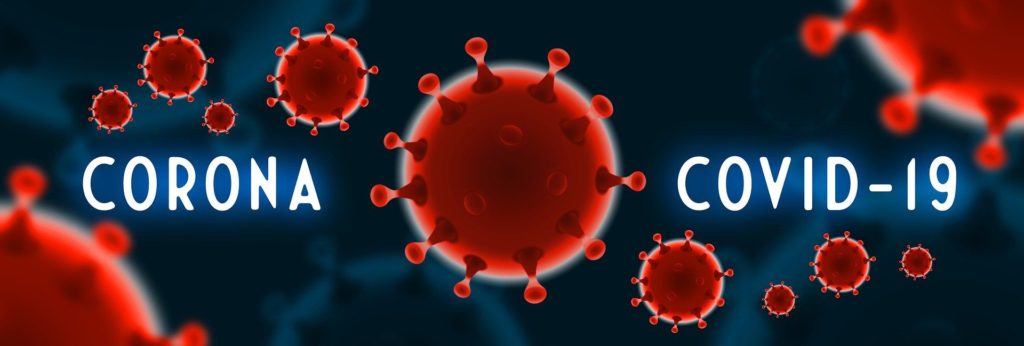
In the three months since Australia went into COVID-19 lockdown, Precinct innovators have proven themselves adaptive and resilient, stepping up to the challenge and even exploiting new business opportunities.
We bring you just some examples of how they’ve demonstrated that adversity is the mother of invention.
Cleaning up new business
It was only back in February (but feels like years ago) that we brought you the success story of Virtual Mgr, a compliance-based software company that specialises in providing enterprise-level software to manage cleaning, food safety and other risk and compliance issues for large organisations.
Having already deployed their software into hospitals and aged care facilities in the United States, based from their global headquarters at Cohort and a US office in Rochester, New York, the pandemic has proven a major opportunity to pivot into simpler software that can be quickly introduced into smaller organisations and temporary hospital facilities, with added tracing abilities.
Utilising some of the smarts of their premium Health Clean product they quickly developed a Smart Clean app designed to track COVID-19 cleaning, along with a Smart Shield app for movement tracing that rely on QR codes to track and trace.
“It’s an instant and cost-effective solution, ” explains CEO Anil Patel.
We’re now in 28 hospitals representing 130 buildings in the US; the Queensland Government has had the confidence to utilise the app in their Gold Coast Health and Knowledge Precinct buildings; and we are working with a major Australian sporting organisation to use our SmartShield suite of products at their events, so watch this space.
We’ve actually hired more people and launched in the UK, which we were planning to do pre-COVID, and so far it has gone well.”
Tele-health helping ease the pain
Online patient waiting rooms are making a big difference for a growing number of Gold Coast Health patients using virtual consultations to help manage their persistent pain.
From initial set-up of virtual services to aid remote patients back in 2014, the pandemic has seen the Gold Coast Health service expanded to deliver over 700 consultations to Gold Coasters living with pain since pandemic restrictions began.
Gold Coast Health Telehealth Program Manager Priyanka Mishra said Virtual Clinics were now providing 31 different services to patients with approximately 1000 consultations per month.
Researchers respond
 Researchers across Griffith University and within Gold Coast Health have responded in many ways to the challenges of COVID-19 – none more so than Professor Michael Good AO (above), a member of the National COVID-19 Health and Research Advisory Committee and chair of the working group on convalescent plasma therapy, a passive immune therapy he believes deserves support for Australian research and clinical trials.
Researchers across Griffith University and within Gold Coast Health have responded in many ways to the challenges of COVID-19 – none more so than Professor Michael Good AO (above), a member of the National COVID-19 Health and Research Advisory Committee and chair of the working group on convalescent plasma therapy, a passive immune therapy he believes deserves support for Australian research and clinical trials.
COHORT continues to get creative
 Creativity is in the DNA of the team at our COHORT co-working and innovation space – even now that they’re back with a COVID-safe plan to operate their co-working space, meeting rooms and future events, they continue to increase their digital footprint.
Creativity is in the DNA of the team at our COHORT co-working and innovation space – even now that they’re back with a COVID-safe plan to operate their co-working space, meeting rooms and future events, they continue to increase their digital footprint.
If you haven’t already tuned into COHORT TV, you can find an ever-increasing number of useful business resources. Live stream and podcasting services are also available for hire, with initial training provided.
Trying a little more kindness

Gold Coast Health Emergency Physician Dr Shahina Braganza has spread the love of the Pandemic Kindness Movement (PKM) to her colleagues.
Designed to support staff wellbeing, the PKM concept, originally developed by a Melbourne paediatrician, has been given the Gold Coast gratitude treatment, manifesting in an increase in random acts of kindness connecting the community to health workers and supporting closer connections between staff.
“Acts of kindness can give us the licence or the conduit to connect with each other, creating that sense of belonging and of community that become our safety net both practically and emotionally”, says Dr Braganza.
Micro-credentials – just the ticket

As digital disruption becomes a reality, the ability to analyse vast quantities of data to extract relevant intelligence and assess threats to information security is fast becoming an essential skill for commercial and government sectors – responding to the COVID-19 pandemic has only accelerated this transformation.
In response, Griffith University has launched two new micro-credentials delivered online – Graduate Certificates in Cyber Security and Data Analytics and Cyber Security.
“Griffith University is proud to be offering these Graduate Certificates as part of the Federal Government’s package to support those who may have been made redundant due to the COVID-19 crisis,” Senior Deputy Vice Chancellor Professor Debra Henly says.
A free ticket to tourism recovery

Meanwhile Griffith Institute for Tourism is offering a micro-credential course to help tourism businesses accelerate their recovery from the COVID-19 pandemic, free of charge.
Created by GIFT Deputy Director Dr Sarah Gardiner (above), the self-paced Tourism – Ready for Recovery course is offered online in a four module format and builds on Dr Gardiner’s work helping Binna Burra Mountain Lodge recover after devastating bushfires last year.
For the latest COVID-19 updates from the Precinct, visit our dedicated page.
